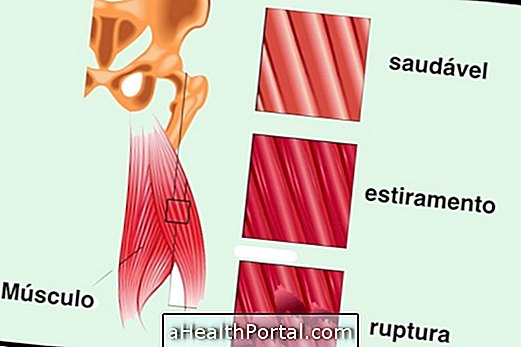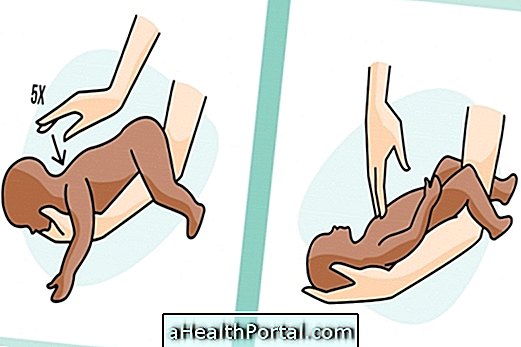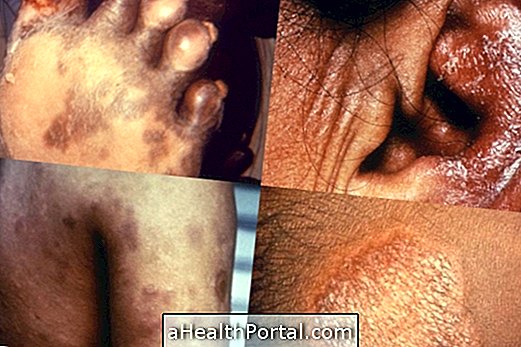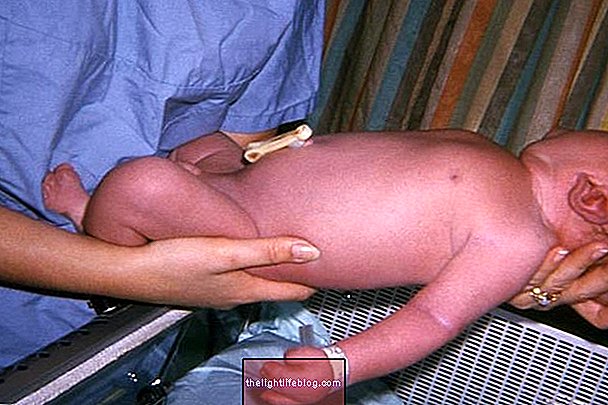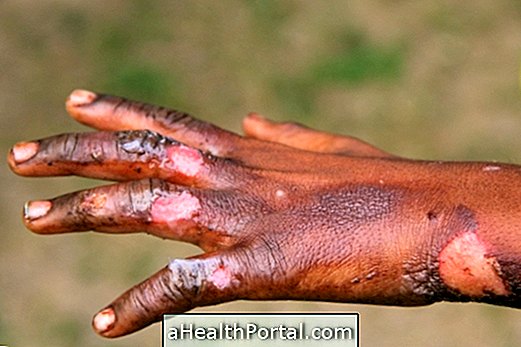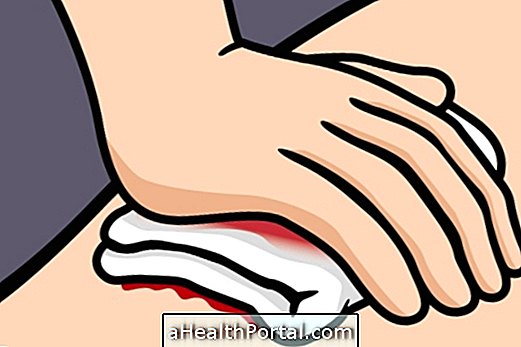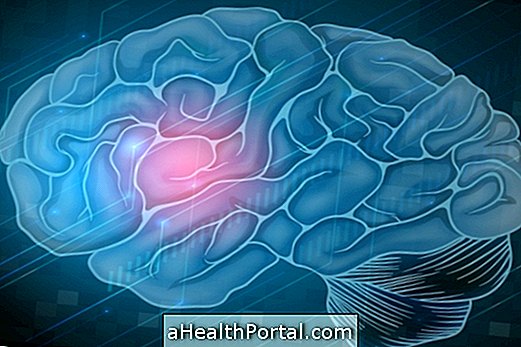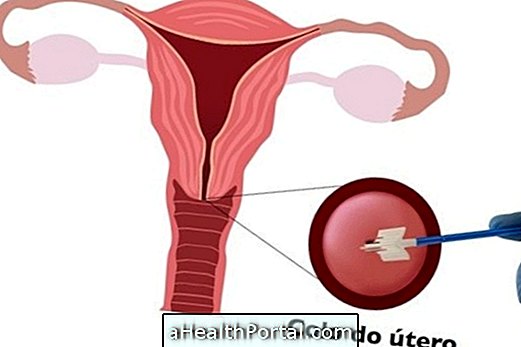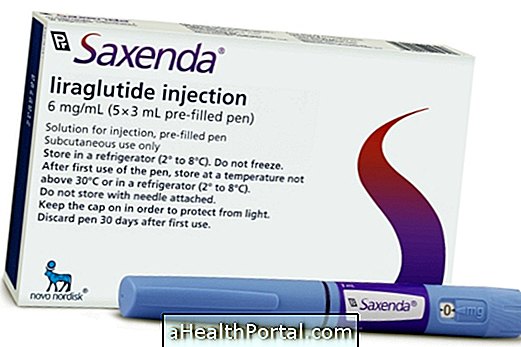Muscle distension occurs when a muscle stretches too much, resulting in the rupture of some muscle fibers or the entire tendon or muscle involved. This type of injury occurs more specifically in the tendon or at the muscle-tendon junction, which is the site of the union between the muscle and the tendon, near the joint.
The causes of muscle strain include excessive exertion to perform a muscle contraction during running, soccer game, volleyball or basketball for example, and so muscle stretching is very common in people who are preparing for a championship or during a competition, although it can also occur in ordinary people who require a lot of effort from their muscles and joints on a day that decides to play ball with friends on a weekend, for example.
However, stretching can also happen in older people or in people who have repetitive movements and usually suffer from tendonitis.
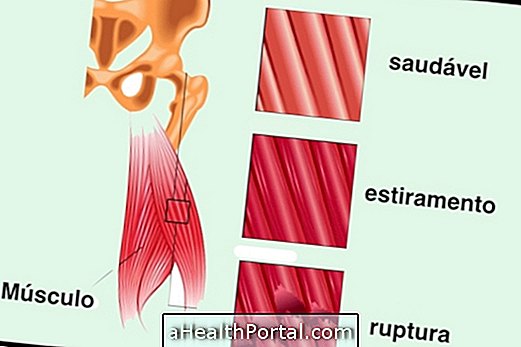
Symptoms of muscle strain
The main symptom is the strong pain located near a joint that arises after a stroke or stroke. In addition, the person may experience difficulty walking, when the leg is affected, or difficulty moving the arm when it is affected. Thus, the characteristic signs of muscular distension are:
- Severe pain located near a joint;
- Muscle weakness;
- Difficulty in moving the region affects, being difficult to stay in the race or in the game, for example;
- It can generate a large purple mark, characteristic of the extravasation of the blood;
- The region tends to get swollen and can get a bit warmer than normal.
After observing these symptoms, one should stop the physical activity and immediately place an ice pack in the region to relieve the pain. If this does not subside and it is still not possible to move normally should go to the doctor to perform imaging tests such as magnetic resonance or ultrasound, which help identify and classify the injury, according to its severity:
| Grade 1 or Slight | There is stretching of the fibers but no rupture of the muscle or tendinous fibers. There is pain, that thirst in 1 week. |
| Grade 2 or Moderate | There is a small laceration in the muscle or tendon. The pain is more extensive, lasting from 1 to 3 weeks |
| Grade 3 or Severe | The muscle or tendon undergoes a total rupture. There is severe pain, bloating, swelling and warmth in the affected area. |
In severe stretching one can feel the rupture of the fibers palpating the region and the stretching of the affected muscle does not cause pain and with the ligament ruptured, the joint tends to become more unstable.
What to do in case of suspicion
If a muscle strain is suspected, what should be done right away is to put an ice pack wrapped in a thin towel for approximately 20 minutes and seek medical attention because although the signs and symptoms can confirm the only suspected form of confirming the rupture of the muscle or tendon is through examinations.
Treatment for muscle strain
The treatment is done with rest of the affected region, use of anti-inflammatory drugs like Cataflan in the form of ointment and / or Ibuprofen in tablet form, that must be taken under medical supervision, being also indicated the use of compresses cold or with ice from 3 to 4 times a day up to 48 hours and physiotherapy sessions.
Physical therapy should be started as soon as possible to ensure a return to daily activities as quickly as possible. Learn more about how the Muscle Relaxation Treatment is done, its signs of improvement and worsening.
See also how to supplement this treatment with homemade methods here.
How to avoid
Stretching the muscle beyond the pre-set body limit, or forcing a muscle too much, can easily generate a distension and cause muscle breakdown. Thus, in order to prevent muscle distention, one must keep the muscle properly strengthened and stretched constantly, respecting its corporal limitations and avoiding to train alone, without professional guidance. However, even high-level athletes may experience stretches and muscle strains during their sports practice, but in any case, the goal of the workouts is to prevent that from happening.



